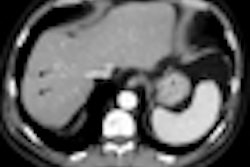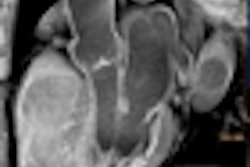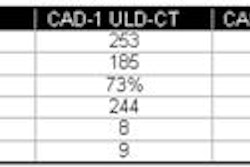Dear CT Insider,
Lung cancer staging is about to change -- mostly for the better. The seventh edition of the tumor, node, and metastasis (TNM) staging criteria, the first update in more than a decade, will be published in its final form later this year.
According to a discussion at the recent International Symposium on Multidetector-Row CT in San Francisco, the staging rules are based on data from more than 100,000 cases, compared to about 5,000 in the current edition.
All of the new cases were examined with MDCT, and the proposals also include a wealth of new survival data. Find out how lung cancer staging has evolved in this issue's Insider Exclusive, brought to you in advance of its publication on our general site.
CT technology was another hot topic at the MDCT symposium, where presenters discussed the impact of wide-area detectors on common clinical applications, and the impressive dose-reduction potential of iterative reconstruction techniques.
Speaking of reconstruction, a story from the symposium by Editor in Chief Brian Casey offers a twist on the "scan thin, read thick" tradition that radiologists are tweaking in an era of data overload.
In cardiac CT, researchers from Seattle used prospective gating to slash radiation dose for triple-rule-out scans. New guidelines have been published for the performance of coronary CT angiography. Higher skin doses were measured in coronary CT angiography (CTA) versus CT. And CTA is also gaining a reputation as an excellent triage method for patients with chest pain, based on one-year follow-up.
But that's not all, not by far. You're invited to scroll down and read the rest of the news about radiology's workhorse modality in your CT Digital Community.



















